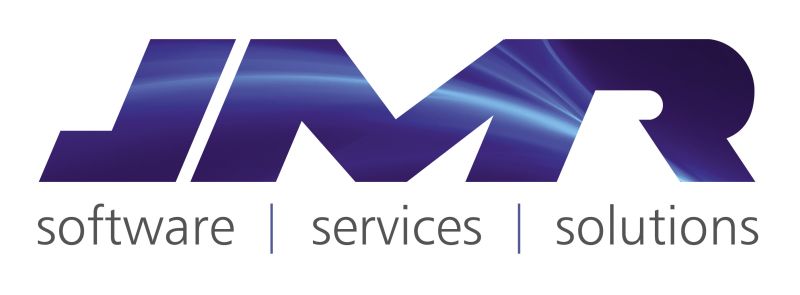 In this post from Anthony Burke on the JMR Blog he outlines some of the basics of XBRL reporting and explains how it is fast becoming the defacto reporting standard for the insurance industry worldwide.
The JMR Blog regularly posts articles with a focus on Solvency II and insurance; there is also an interesting article on the use of social media in insurance. Recently they ran a four part series on Solvency II implementation. It is a handy resource for up to date information.
The post was originally published on the JMR Blog on 27 June 2011.
In this post from Anthony Burke on the JMR Blog he outlines some of the basics of XBRL reporting and explains how it is fast becoming the defacto reporting standard for the insurance industry worldwide.
The JMR Blog regularly posts articles with a focus on Solvency II and insurance; there is also an interesting article on the use of social media in insurance. Recently they ran a four part series on Solvency II implementation. It is a handy resource for up to date information.
The post was originally published on the JMR Blog on 27 June 2011.
XBRL and Solvency II – part one
Solvency II and the XBRL standard
In this post we can discuss one of the main technologies and standards that underpin the reporting aspects of Solvency II. Notwithstanding the delay, the European Insurance and Occupational Pensions Authority (EIOPA) had already chosen XBRL International as the uniform format for Solvency II insurance reporting across Europe. So what is XBRL and what does it mean for insurance reporting – here is the first post as an introduction and a brief background. XBRL stands for eXtensible Business Reporting Language. It is the financial reporting offshoot of XML and is quickly becoming a standard means of communicating information between businesses – especially on the internet.What is XBRL
XBRL is quickly becoming the de facto reporting data format for insurance regulation around the world. XBRL is a language for the electronic communication of business and financial data which is revolutionising business reporting with a major impact for Solvency II insurance reporting. The main reason for using XBRL is because of major benefits in the preparation, analysis and communication of business information. The effective use and implementation of XBRL offers insurance companies cost savings, greater efficiency and improved accuracy and reliability to all those involved in supplying or using financial data. XBRL is being developed by an international non-profit consortium of approximately 450 major companies, organisations and government agencies. It is an open standard and is free of license fees.XBRL is growing rapidly around the world
It is already being put to practical use in a number of countries and implementations of XBRL are growing rapidly around the world. XBRL will underpin the Solvency II insurance reporting. The idea behind XBRL, eXtensible Business Reporting Language, is simple. Instead of treating financial information as a block of text – as in a standard internet page or a printed document – it provides an identifying tag for each individual item of data. This is computer readable. For example, company net profit has its own unique tag.Why XBRL is becoming popular for financial reporting
The introduction of XBRL tags enables automated processing of business information by computer software, cutting out laborious and costly processes of manual re-entry and comparison. Computers can treat XBRL data intelligently. They can recognise the information in a XBRL document, select it, analyse it, store it, exchange it with other computers and present it automatically in a variety of ways for users. XBRL greatly increases the speed of handling of financial data, reduces the chance of error and permits automatic checking of information. XBRL can help streamline reporting process and costs Insurance companies can use XBRL to save costs and streamline their processes for collecting and reporting financial and insurance information. It greatly assists consumers of financial data (investors, analysts, financial institutions and regulators) to receive, find, compare and analyse data much more rapidly and efficiently if it is in XBRL format. XBRL can handle data in different languages and accounting standards. It can flexibly be adapted to meet different requirements and uses. Data can be transformed into XBRL by suitable mapping tools or it can be generated in XBRL by appropriate software. The views expressed are the author’s own.About the author:
 Anthony Burke is a bi-lingual expert in Digital Marketing, IT Leadership and Business Development. Anthony has over 30 years leadership experience in major corporations in the Construction, Financial Services, Insurance, HR and Outsourcing sectors. He is Managing Director of Claravista Business Consulting t/a WSI.
Anthony Burke is a bi-lingual expert in Digital Marketing, IT Leadership and Business Development. Anthony has over 30 years leadership experience in major corporations in the Construction, Financial Services, Insurance, HR and Outsourcing sectors. He is Managing Director of Claravista Business Consulting t/a WSI.
Anthony is a certified WSI Digital Marketing Consultant and has a BA Hons in History & Spanish from University College Cardiff and an MSc in Information Systems from Brighton University. He is a qualified Prince2 Practitioner and an active member of the BCS “The Chartered Institute of IT” and of the IOD “Institute of Directors”. ![]()
![]()






